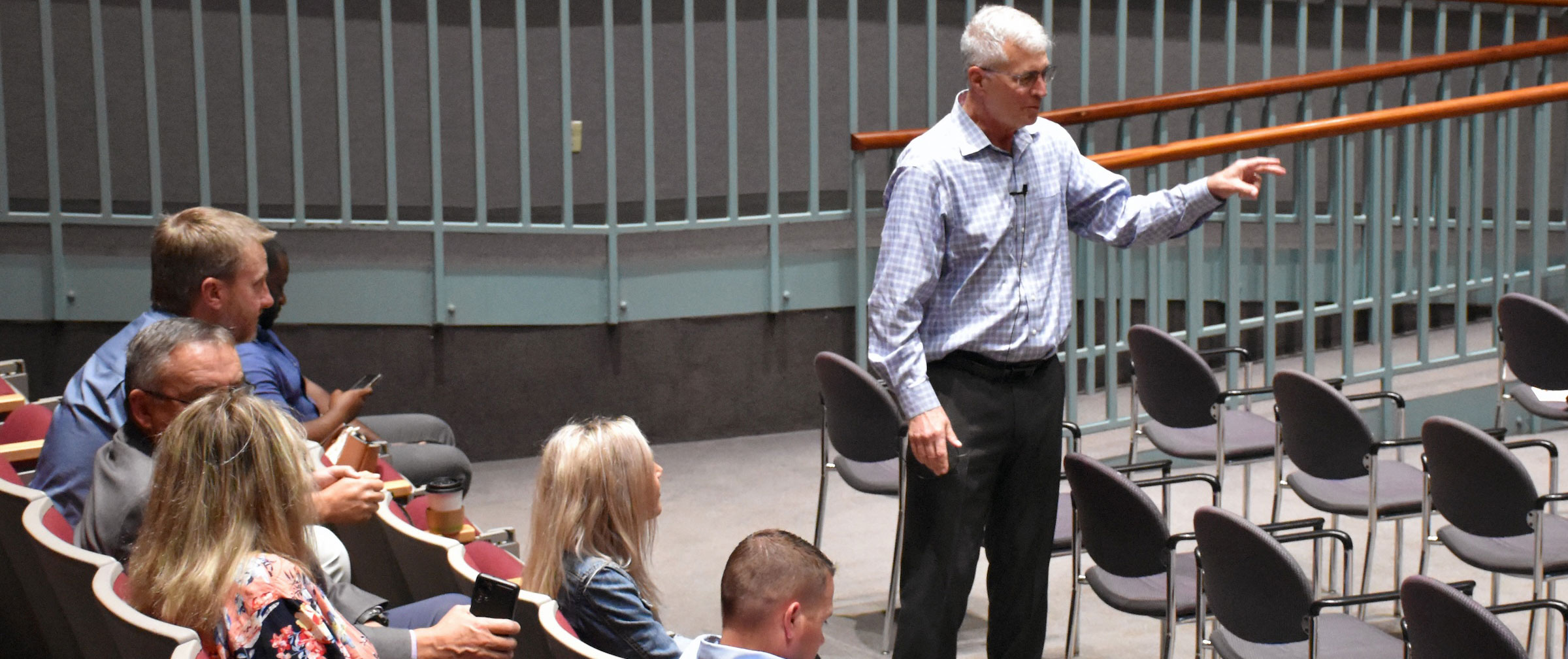I will be speaking at the TORCH (Texas Organization of Rural and Community Hospitals) conference on April 11th, in Dallas, Texas. The following blog post contains some of the highlights of the talk I will be giving. I encourage anyone who reads this post and finds it relevant to their hospitals or their physicians to attend this conference with me. I welcome your thoughts and opinions:
Critical Challenges for Community Hospitals in 2014
Most patients want to receive care locally. Many patients have a long multi-generational history with their community hospital. However growing health care pressures with costs and outcomes could be threatening the future existence of some community hospitals. How do we position ourselves to thrive in this new and unpredictable environment so that community hospitals can continue to deliver on their mission?
The number one goal of every rural and community hospital should be as follows: How do we provide as much care as possible for the patients in our community.. as long as it can be safely done?
When considering this question, there are a multitude of issues that come into play. However, there are five primary aspects to focus upon for rural and community hospitals in the next few years:
(1) delivering patient value in an era of transparency , (2) excelling at pay for performance, (3) implementing best practices in all services, (4) achieving hospital-wide cost reduction, and (5) developing alignments/ relationships with larger systems for services that cannot be safely provided within the community. Successful achievement of these five will position the hospital strongly into the future.
To many patients there is a perception that smaller hospitals cannot provide the same value or clinical outcomes as larger hospitals or systems in more urban areas. In the last few years, data transparency has clearly shown this to be false. In fact, many community hospitals perform as well or even better than major hospital systems, even the ones with “national reputations”. Rural and community hospitals need to get this word out. In an era of transparency, proving this patient value is essential– the community hospital is in an ideal position to do this.
More and more patients are accessing the public data and making decisions based upon these results. Studies have shown that the patients who use this data and make decisions based upon this data tend to have resources (insurance), and are precisely the ones we want to retain in the community. Thus, excelling at pay for performance measures and other public quality measures has become crucial. Rural and community hospitals need to excel at core measures, HCAHPS, readmissions and hospital acquired conditions, even if you are a critical access facility and the data is not used directly for Pay for Performance purposes.
Third, rural and community hospitals need to strive to implement evidence-based best practices in every service line offered. Every procedure, visit, and patient experience needs to be evaluated as to whether best practices are available, and if available, are they applied and implemented. Physicians should dedicate themselves to implementing the best practices recommended by their own specialty societies. I often challenge hospital trustees, who are ultimately responsible for the quality outcomes of the hospital, and yet rarely are in the medical field themselves, to challenge administration and medical staff with the following question: Are we implementing evidence-based best practices in every service line that we offer, where best practices are available? How would your facility stack up to that question? The availability of best practices can “level the playing field” for community hospitals. Their implementation in the day to day practice of medicine is crucial.
Fourth, rural and community hospitals need to focus on cost reduction. We know that costs are out of control in this country and cost reduction is the leading driver of health care reform. The robust challenge for all community hospitals in the next five years is to reduce total costs in the neighborhood of 20% relative to today’s costs. Hospital administrators have been involved in cost control their entire careers, but as Bachman Turner Overdrive sang years ago: “We Ain’t Seen Nothing Yet!”. Is your facility up to this challenge? Working with the medical staff is more important than ever before…. physician engagement is the key to clinical efficiency and ultimate cost reduction.
Finally, rural and community hospitals need to evaluate with whom/how do they partner– if at all. There is a continuum of options for rural and community hospitals, and any of which might apply to your specific situation. First, hospitals can continue to remain independent– business as usual. While these hospitals may lack the benefits from partnerships such as branding, more expensive, advanced technology, or even capital, independent rural and community hospitals can maintain autonomy both in practice and resource stewardship. Next, a hospital can develop affiliation arrangements with one or more partners–often to provide tertiary services that the individual hospital does not offer. The rural hospital will often send patients requiring these specialties or trauma to the larger hospital which can provide the service. These affiliation agreements help standardize and streamline systems, and do not require an outlay of capital. This will still allow for some autonomy but it will create a more direct relationship between the hospitals in regards to the way patients are provided care. Community hospitals can joint-venture with larger systems. This would involve financial transactions as well as clinical agreements. Another option is to merge with larger hospital chains. This provides a permanent infrastructure for the rural hospital as well as financial backing to keep the doors open and provide health care to rural communities. Ultimately, if a rural hospital does not identify where they want to be strategically, the hospital is at a risk to close down. Depending on the specific needs of the community, any of these options along the continuum could be appropriate. I tell my clients to ask the question: What is the least disruptive solution that will meet your needs?
In conclusion, the primary focus for rural and community hospitals should be to keep care in the community while excelling at the five aspects mentioned above. If a hospital can provide patient value, implement best practices, excel at pay for performance, reduce costs and decide how to strategically align itself, the hospital can better patient’s health and lives, truly serve the community, while keeping the doors open. The future is NOT bleak for community hospitals. I see a continuing, and growing, need for the community-based hospital. Clearly there are challenges ahead, but I remain optimistic we are up to the task and stick to the mission of providing superior health care to the communities we serve.




